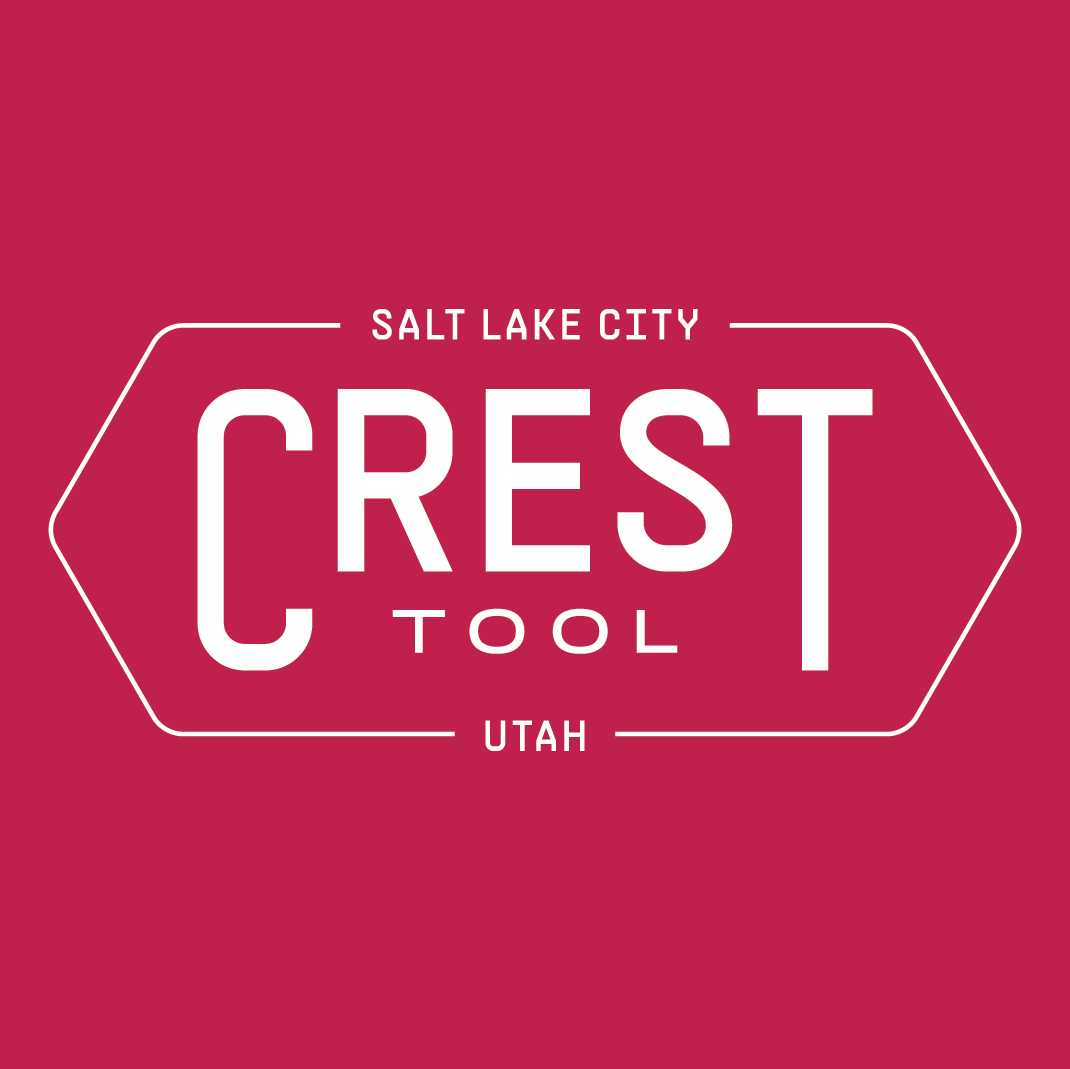Hi folks,
I installed some slightly thicker discs the other day and now they rub pretty kuch the entire circumference.
Brakes are XT 4 pots.
I presume I just need to attach a bleed funnel to the lever and then push the pistons back into the caliper a bit?
Or won't that work?
I installed some slightly thicker discs the other day and now they rub pretty kuch the entire circumference.
Brakes are XT 4 pots.
I presume I just need to attach a bleed funnel to the lever and then push the pistons back into the caliper a bit?
Or won't that work?

